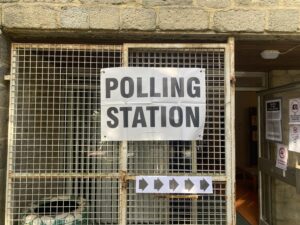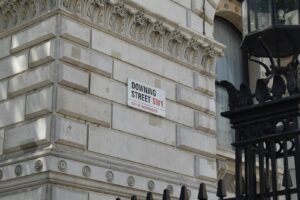A creative response to austerity: thoughts from Denmark

![]() Last week we hosted the second in our series of European regeneration webinars – an experimental series of online discussions funded through the Scottish Government’s learning networks challenge fund.
Last week we hosted the second in our series of European regeneration webinars – an experimental series of online discussions funded through the Scottish Government’s learning networks challenge fund.
The webinars bring together practitioners from all over Scotland around a particular regeneration theme. We hear a short presentation from an expert European peer, focused on a particular place or project, and discuss the lessons and implications for Scotland.
Last month we heard the extraordinary story of Freiburg. Our speaker this week was Jacob Urup Nielsen, founder of the Centre for Cities & Creativity. We set Jacob one of the hardest questions around: How can we develop sustainable communities in an age of austerity?
Jacob focused on the importance of creativity as a tool to respond to the challenge of austerity and recession. Crucial at a time when communities are feeling the pressure of recession is a process which releases creativity by identifying what is positive in an area and provides support to the community to help build on these assets and release creativity. It’s a bold vision in a time of recession when, potentially, the pressure to cut costs and reduce spending squeezes out creative thinking and stifles local innovation.
Jacob’s starting point, influenced by Charles Leadbeater, is that creativity is about all aspects of city life – not just galleries, libraries and that creativity can and does reside in every part of a city, not just ‘Bohemian cultural quarters’.
This is an inspiring agenda, but how do we make it real?
Jacob’s presentation explored a number of case studies from Denmark which attempted to work with local communities to release creativity and encourage creative entrepreneurship.
Take for example, the work Jacob has done with local communities in Denmark to map creativity. Working with people from the local neighbourhood, the mapping exercise encouraged participants to share their perceptions about creativity and map out the positive characteristics in their area including key assets and underused areas of potential. By sharing perceptions openly in groups the community produced a series of shared maps of vision, aspiration and resources in the local community. Not only did this process highlight the assets within the community but it also helped to strengthen the community’s sense of identity and ownership.
Culture Pilots is another interesting approach, which aims to use creativity to engage with young people, encouraging them to explore their own creative strengths and talents. Young people are actively supported to become cultural mentors for their peers in a bid to ensure that as many young people as possible have access to a range of cultural experiences. Longer term the project hopes to inspire people to become creative entrepreneurs.
As in Scotland, welfare reform is also a key policy agenda in Denmark and one of the responses has been about using creativity to create employment. Jacob explored a project which focused on creative entrepreneurs in small cities.
The project identified some of the key ingredients which help to nurture and encourage local entrepreneurship, quality of location, effective communication and a rich network of connections in the locality to encourage and develop creative entrepreneurship. There is more information about this project in this paper which Jacob wrote for Guimarães in Portugal.
Copenhagen City Council is keen to use the potential of these projects to market the city and reinstate growth. Its creative task force strategy seeks to create growth and jobs in the creative sector and interestingly also tries to weave in the low carbon agenda. Alongside the creative task force strategy, the city has ambitious plans to become carbon neutral by 2025 – a plan which in addition to being a bold political vision also seeks to create jobs in the sustainability sector and showcase innovations which contribute to Copenhagen’s targets.
The discussion which followed Jacob’s presentation explored the concept of creativity. Whilst creativity is often cited in regeneration documents, it is often seen as something that’s ‘nice to have’ rather than an inherent part of the planning and development process. It can often be challenging to release creativity in the regeneration process as there is a tendency for people to fall back on the tried and test methods and ideas, ‘the conventional wisdom’. Creativity needs to be championed so that it’s seen as integral and important rather than risky or superfluous.
In Scotland, the forthcoming community empowerment and renewal bill could be a key opportunity to examine the potential of creativity and the potential of low carbon. There is real scope to push the importance of creativity further in this bill as communities explore opportunities to have greater ownership of local assets.
- This article was co-authored by John P. Houghton and Sarah Longlands
Photo by remysharp 















